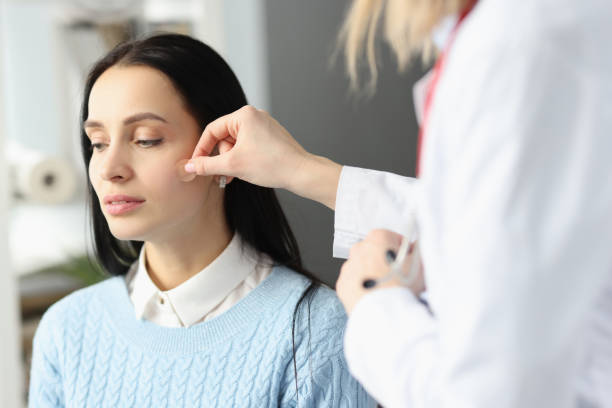Skin cancer is a significant health concern worldwide, with millions of cases diagnosed annually. Among the various risk factors, individuals with lighter skin tones are particularly susceptible to developing skin cancer due to their reduced melanin production, which provides less natural protection against harmful UV rays. Fortunately, there are several proactive measures individuals with light skin can take to minimize their sun exposure and lower their risk of skin cancer.
Understanding the Risk:
Melanin, the pigment responsible for skin color, plays a crucial role in protecting the skin from the sun’s damaging effects. People with darker skin tones have more melanin, which helps absorb and dissipate UV radiation, providing them with a natural defense against sunburn and skin cancer. In contrast, individuals with lighter skin have less melanin. They, therefore, are more prone to sun damage, including sunburns, premature aging, and an increased risk of developing skin cancer, such as melanoma, basal cell carcinoma, and squamous cell carcinoma.
Reducing Sun Exposure:
- Seek Shade: When outdoors, especially during peak sun hours between 10 am and 4 pm, seek shade whenever possible. This could include sitting under an umbrella, tree, or any structure that blocks direct sunlight.
- Wear Protective Clothing: Opt for tightly woven, loose-fitting clothing that covers as much skin as possible. Long-sleeved shirts, long pants, and wide-brimmed hats provide excellent protection against UV rays. Additionally, clothing with UPF (Ultraviolet Protection Factor) ratings should be considered for added sun protection.
- Apply Sunscreen: Sunscreen is a crucial defense against harmful UV radiation. Choose a broad-spectrum sunscreen with SPF (Sun Protection Factor) 30 or higher and apply it generously to all exposed skin, including the face, neck, ears, and hands. Remember to reapply sunscreen every two hours or more frequently if swimming or sweating.
- Wear Sunglasses: Protect your eyes from UV radiation by wearing sunglasses that block 100% of UVA and UVB rays. Look for sunglasses labeled as providing UV protection to ensure adequate shielding for your eyes.
- Limit Outdoor Activities: When possible, schedule outdoor activities during the early morning or late afternoon to avoid the strongest sunlight. This reduces your overall sun exposure and minimizes the risk of sunburn and skin damage.
- Be Sun Smart in Water and Snow: Water and snow can reflect and intensify UV radiation, increasing the risk of sunburn. Take extra precautions by applying sunscreen before entering the water or hitting the slopes, and consider wearing protective clothing and sunglasses to shield against reflected UV rays.
- Avoid Tanning Beds: Tanning beds emit harmful UV radiation, which can significantly increase the risk of skin cancer. Avoid using tanning beds altogether and opt for safer alternatives, such as self-tanning products or spray tans, if you desire a bronzed appearance.
- Regular Skin Checks: Perform regular self-examinations of your skin to monitor for any changes or suspicious moles. If you notice any new or changing skin lesions, consult a dermatologist promptly for evaluation.
While individuals with light skin are inherently more vulnerable to sun damage and skin cancer, proactive measures can significantly reduce their risk. By following sun protection guidelines, such as seeking shade, wearing protective clothing and sunscreen, and avoiding tanning beds, individuals can enjoy outdoor activities safely while minimizing their exposure to harmful UV radiation. Additionally, regular skin checks and prompt medical attention for any concerning skin changes are essential for early detection and treatment of skin cancer. By prioritizing sun safety practices, individuals with light skin can protect their skin health and reduce their risk of developing skin cancer in the long term.

